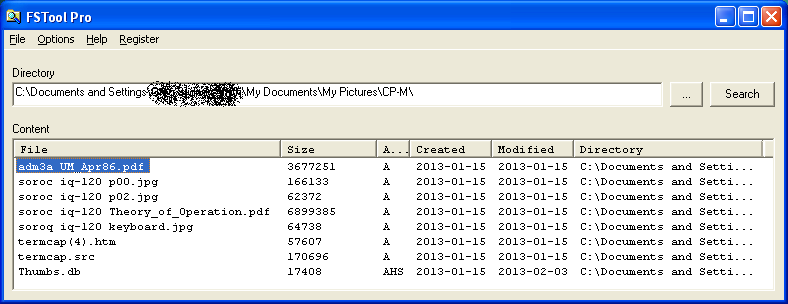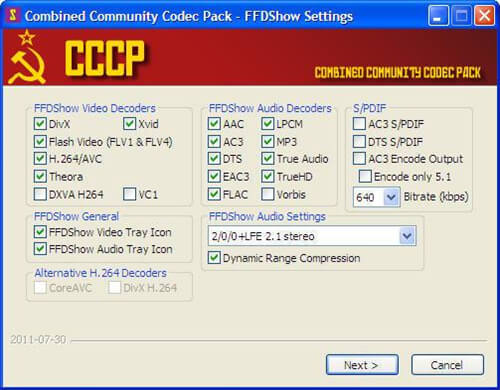

The downsides are that these new, duplicate files take up more hard drive space and it can be time consuming to do the conversion if you have a lot of files. This leads to speedier editing response and less potential for visual bugs and glitches to work their way in. ProRes is an ideal codec choice when editing in FCPX or Premiere, and Resolve works well with it too. The benefits of transcoding into a format like ProRes is that you’ve got a less-compressed file that the computer can more easily work with, than say H.264 or an mpeg based codec. Better to transcode in advance… - Ben Brainerd November 16, 2015 Transcoding AVCHD Media Before Biggest problem with AVCHD are TC/Clip name issues. Also if you have C100 footage, whatever else you do, you’ll definitely want to rename the files to have unique file names. You can read about that in more detail on my website, but unique file names and timecode are the cornerstone of media management. I’ve also previously posted on importing AVCHD into various NLEs. I thought I’d use this post to expand on the pros and cons of the different options. Some advocated for transcoding to Pro Res, others for re-wrapping the files into a different container, and still others for leaving the files in their native format.

This simple question - should you transcode AVCHD media when editing in Premiere Pro or leave it native - sparked a very long and interesting Twitter conversation, with many different editors weighing in on the proceedings. Premiere question, transcode AVCHD to ProRes or leave it native?

Do you need to transcode your AVCHD media when editing in Premiere Pro? Let’s discuss this highly debated topic.


 0 kommentar(er)
0 kommentar(er)
